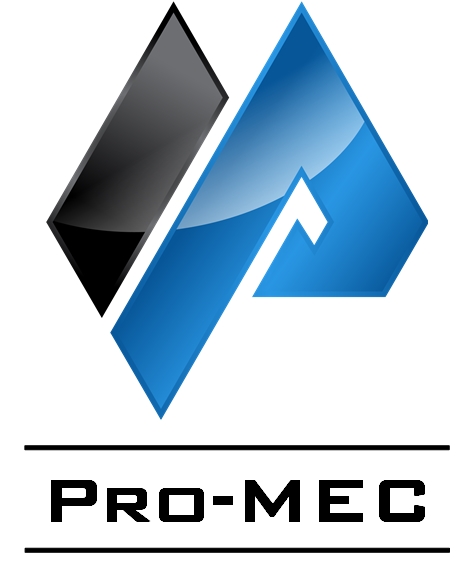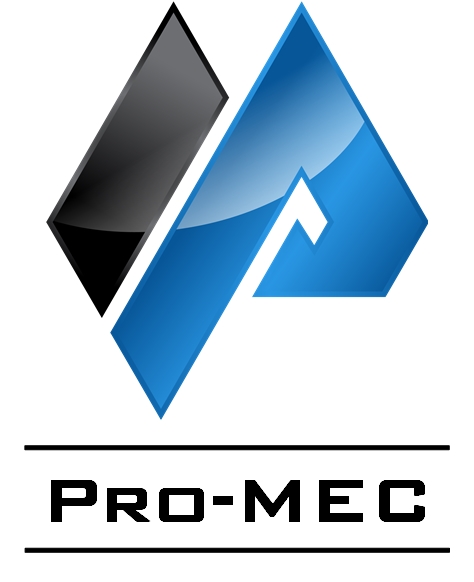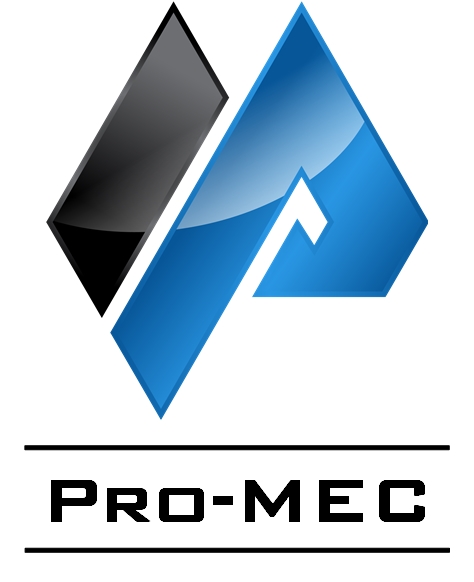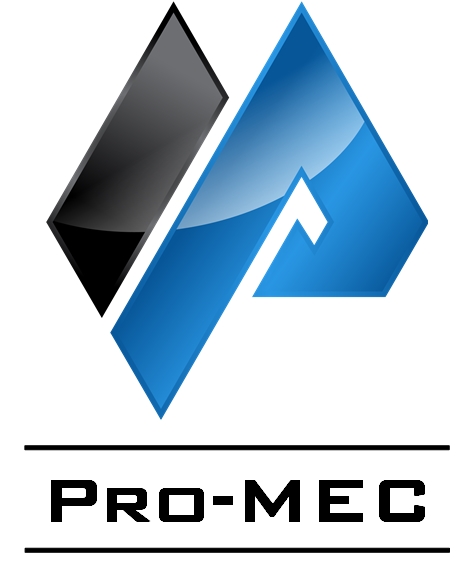Title Page
-
Conducted on
-
Prepared by
-
Location
-
Unit Type:
-
If other, type of lift?
-
Lift ID:
-
Operating and emergency controls are in proper working condition, EMO button or Emergency Stop Device?
-
Functional upper drive control interlock (i.e. foot pedal, spring lock or two hand controls) ?
-
Emergency Lowering function operates properly?
-
Lower operating controls successfully override the upper controls?
-
Both upper and lower controls are adequately protected from inadvertent operation?
-
Control panel is clean and all buttons/switches are clearly visible (no paint overspray, etc.)?
-
All switch and mechanical guards are in good condition and properly installed?
-
All safety indicator lights work?
-
Drive controls function properly and accurately labeled (up, down, right, left, back)?
-
Motion alarms are functional?
-
Safety decals are in place and readable?
-
All guard rails are sound and in place, including basket chains?
-
Work platform and extension slides are clean, dry and clear of debris?
-
Work platform extension slides in and out freely with safety locking pins in place to lock setting on models with extension platforms?
-
Inspect for defects such as cracked welds, fuel leaks, hydraulic leaks, damaged control cables or wire harness, etc.?
-
Tires and wheels are in good condition, with adequate air pressure if pneumatic?
-
Braking devices are operating properly?
-
The manufacturer’s operations manual is stored on MEWP (in all languages of operators)?
-
Oil level, hydraulic oil level, fuel level, coolant level?
-
Battery charged?
-
Outriggers in place or functioning. Associated alarms working?
-
Personal protection in use (harness, lanyard, hard hat, etc.)?
-
In windy conditions see manufacturers guidelines or if not in guidelines then…if lift begins to rock in the wind, lower the lift.
-
Floor conditions: drop offs, holes, uneven surfaces, and sloped floors?
-
Housekeeping: Debris, floor obstructions, cords, construction material and supplies.
-
Electrical power cables or panels (minimum 10 feet away). If larger lines or wet conditions contact electrical shop for guidance. Insulated small lines in dry conditions, 3 feet away.
-
Chemical lines, gas lines, drain lines and utilities?
-
Overhead obstructions?
-
Loads do not exceed capacity?
-
Watch for vehicular and pedestrian traffic. Set up barricades as necessary.
-
Inspecting person:
-
Verified by:













